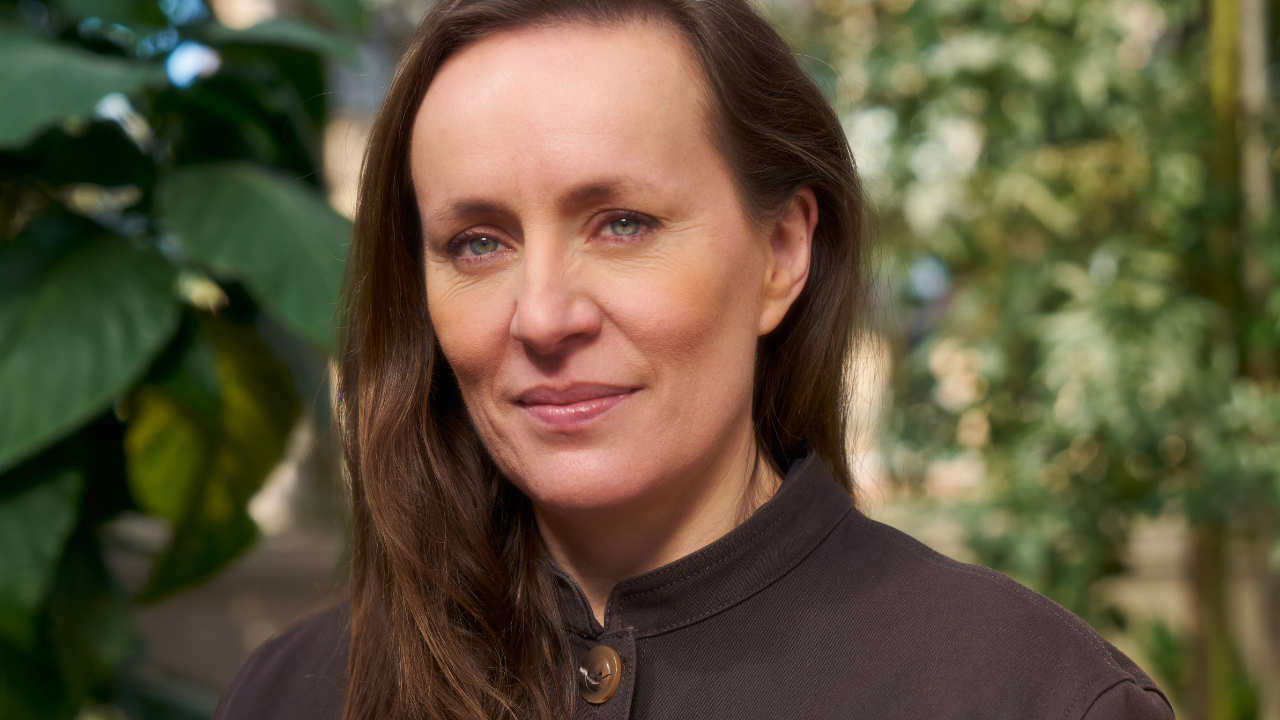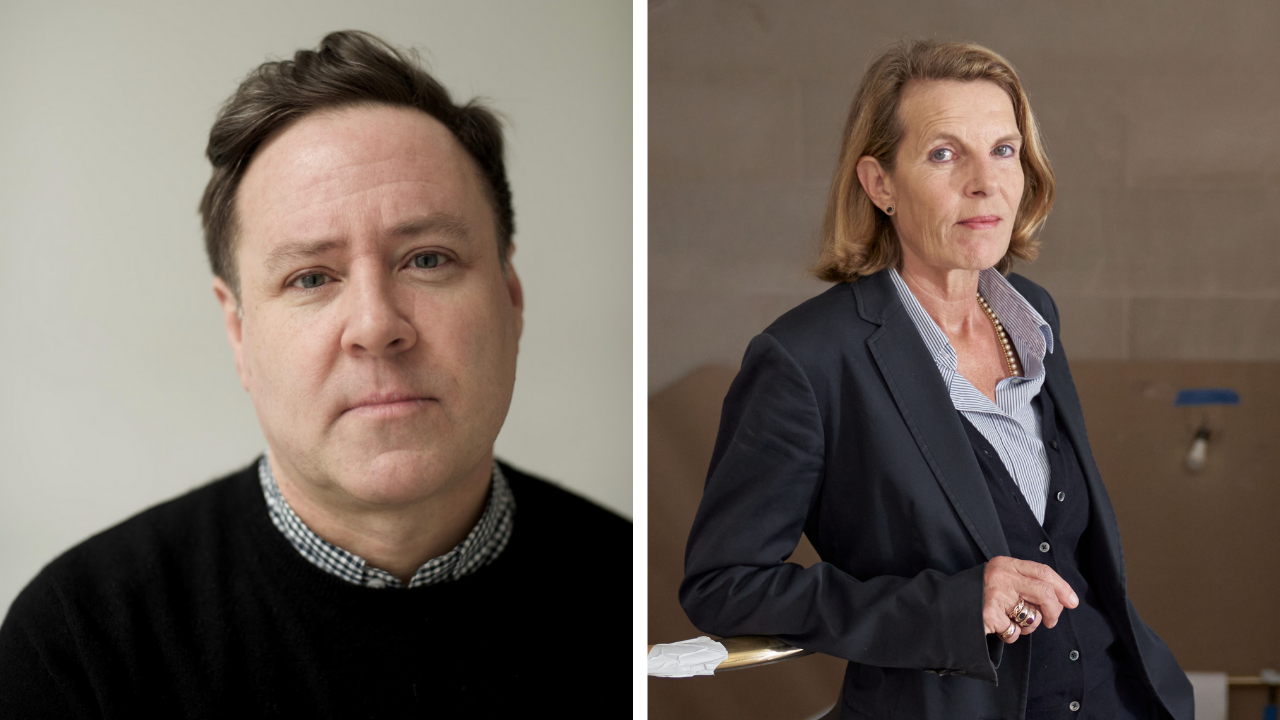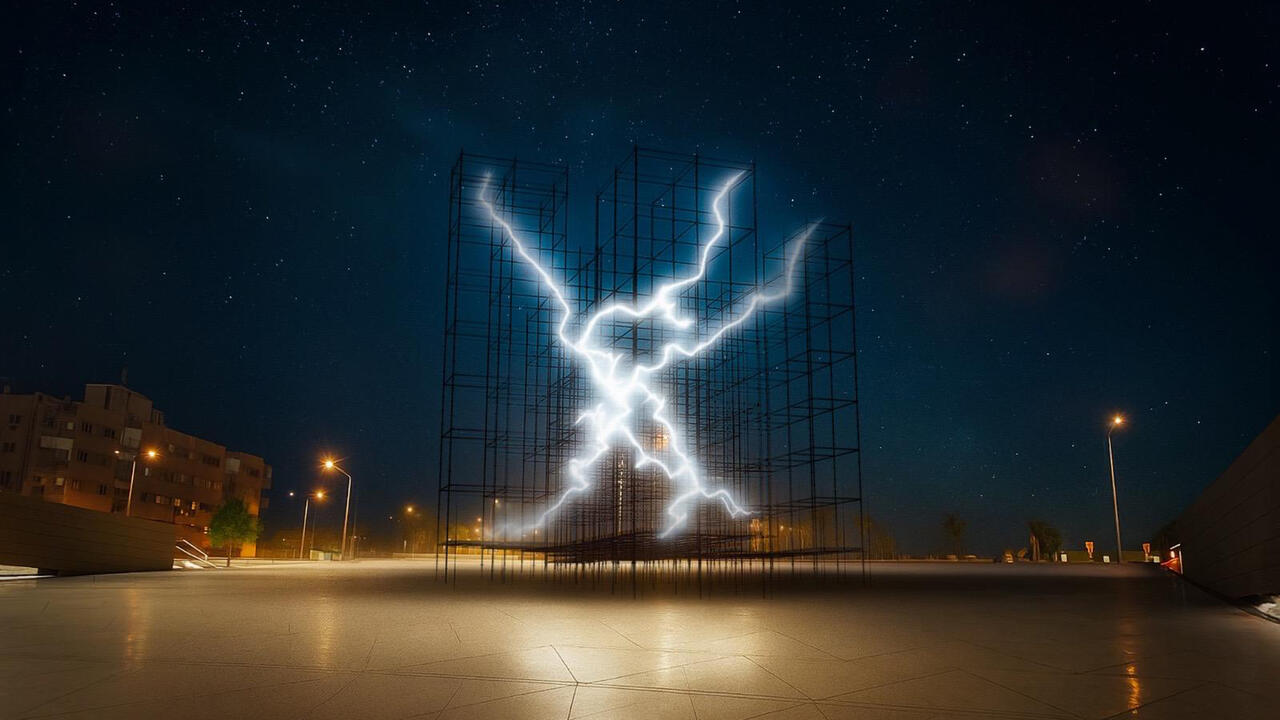‘Leaving Room for Friction’: Jacopo Crivelli Visconti on the 34th Bienal de São Paulo
Terence Trouillot speaks to the head curator of this year's biennial about organizing an exhibition predicated on reaching the masses
Terence Trouillot speaks to the head curator of this year's biennial about organizing an exhibition predicated on reaching the masses

Terence Trouillot: What was the inspiration behind the title of this year’s Bienal de São Paulo, ‘Faz Escuro Mas Eu Canto’ [‘Though It’s Dark, Still I Sing’], which derives from a 1965 poem by Thiago de Mello?
Jacopo Crivelli Visconti: De Mello’s poetry surfaced relatively early in our conversations as a curatorial team, but then [adjunct curator] Paulo Miyada brought up this specific verse because one of the most important aspects of the exhibition for us is that it facilitates a multitude of meanings and interpretations. This relates not only to how the artworks are read but also, more generally, to the way we’ve developed the exhibition through collaboration and dialogue. The verse comes from ‘Madrugada Camponesa’ [Peasant Dawn, 1965], a poem De Mello wrote prior to Brazil’s 1964 military coup, when there was still hope for real change. The title is a reference to the men and women who laboured in the fields, with the final two lines speaking to that optimism: ‘Though it’s dark, still I sing / Because the morning is coming.’ Following the coup, however, the phrase became synonymous with the idea of resistance and political freedom. A year after the poem was published, Nara Leão borrowed the verse as a song title on her album Manhã de liberdade [Morning of Freedom]. Not long after, De Mello was jailed in 1968 for speaking out against the dictatorship and, on the wall of his cell, found this very line written by a former prisoner.
![Belkis Ayón La Cena [The supper], 1991 Photo: José A. Figueroa. Courtesy of the Belkis Ayón Estate](https://static.frieze.com/files/inline-images/Belkis%20Ayon_The%20supper%201988%20%281%29_adobespark.jpeg)
In using the verse as the title for this year’s biennial, we sought to acknowledge the difficulty of the times we’re living in and to defend the importance of art and culture. From the outset, we wanted to create a biennial that related to, acknowledged and addressed the current political situation. Of course, what was happening when we first started planning the show when Jair Bolsonaro took office in 2019 and what is happening now with the pandemic are not exactly the same, but we still believe in the importance – especially during such adverse times – of creating a space in which people can make art and write songs, poetry and literature.
TT: You’ve been working on this biennial with a team of collaborators. In addition to Miyada, who you already mentioned, the group also includes curators Ruth Estévez and Francesco Stocchi as well as the artist Carla Zaccagnini. How was the experience of working with this team in terms of developing the concept for this year’s biennial?
JCV: The idea of working as a team is central to the way the whole biennial is conceived. An essential component of our curatorial approach was the notion that art can be read and understood in different ways when it’s viewed within a wider context. So, as an extension of that, the concept of building the biennial through conversation was fundamental to the way we worked. The other key part of this process – which is what I believe makes this biennial still highly relevant and meaningful, despite its being delayed by a year due to COVID-19 – is that we didn’t start with a theme; we started with the works themselves. I proposed to the other members of the team that we each bring to the table a series of artists or artworks that we felt it was important to show in Brazil in this moment and then, very slowly, over the course of several months of discussion, we pieced together the exhibition.

TT: I wonder if you could expand on this idea of incorporating different perspectives and collaborating with other institutions in São Paulo, including smaller organizations like Pivô, for example. How did this become integral to the framework of the biennial?
JCV: Our decision to collaborate with a broad range of institutions is driven by our desire to involve as many curators and thinkers as possible – beyond the core biennial team. We are working with 20 local institutions, including Casa do Povo, Instituto de Arte Contemporânea, Instituto Bardi / Casa de Vidro, Museu da Cidade de São Paulo / Casa do Caxingui, Pivô, and Poiesis / Oficina Cultural Oswald de Andrade, among many others. All the companion shows to the main biennial have therefore been put together either by the curators of those institutions or by guest curators. This approach was also a conscious means of addressing the different audiences that come to the biennial with as much awareness as possible. Through these collaborations, we have been able to directly reach a much broader audience more successfully than we might otherwise have done on our own. ‘Faz Escuro Mas Eu Canto’ may not be totally unique in this sense, but it is very special among biennials globally for this reason.

TT: Addressing such a large and diverse audience can be daunting. How did you and your team approach that?
JCV: It can be very challenging to create such a complex and layered structure – particularly in terms of liaising logistically with all the different institutions – but, ultimately, I believe that, as a result, this edition of the biennial will be more readily understood by a much broader audience than other similar such events. At the same time, however, in terms of its thinking, this is a curatorially complex and ambitious exhibition that will also appeal to a specialist art audience. I’m not saying we’ve reinvented the wheel – I know other biennials have taken a similar approach before – but I believe this may be the first time it’s been done on this scale.
TT: You have said that another important starting point for the biennial is Édouard Glissant’s Poetics of Relation (1990), in which he explores the concept of opacity, or the notion that the quality of being unknowable or untranslatable should be acceptable. To my mind, one of the risks of trying to address so many different audiences in this biennial is that, inevitably, there will be friction in terms of how folks experience the exhibition. Do you feel there’s room for that friction in this year’s biennial and where do you think it will likely arise?

JCV: Yes, I think there’s definitely room for that kind of friction: in fact, there must be! Rereading Glissant today made me reflect upon how wrong some original interpretations of his work were. Poetics of Relation starts with an historical account of slavery and mass displacement, and how that generated other Creolized cultures. This may seem like a rather simplified reading of very violent and traumatic historical processes, but rereading the text now, focussing especially on the idea of opacity, Glissant’s fundamental concept is clear: you don’t have to understand the other fully to be able to have a relationship and to create meaning together.
This is very much what we’re trying to do with the biennial and, having gained an extra year due to the pandemic, we had the opportunity to generate even more thinking and writing, and to present even more artists. We’re fully aware that nobody will be able to see the whole of ‘Faz Escuro Mas Eu Canto’ in all of these different locations so, in that sense, the fact that the biennial can’t be grasped, understood, transmitted or communicated in its entirety is integral to our concept. If you think about the times that we’re living through, the sectarianism that exist not only in Brazil but around the globe, there is a real sense of having to be ready to share and communicate with people you don’t understand or you don’t necessarily agree with. I think that’s essential if we want to find a way out of the bubble that we’re living in now.
The 34th Bienal de São Paulo, ‘Faz Escuro Mas Eu Canto’ (‘Though It’s Dark, Still I Sing’) opens at the Bienal Pavilion 4 September – 5 December 2021.
Main image: Deana Lawson, Untitled (working title), 2018, installation view in 'Vento' ('Wind'), 13 November – 14 December 2020, an introductory group show to the Bienal de São Paulo at the Bienal Pavilion. Courtesy: the artists and Fundação Bienal de São Paulo; photography: Levi Fanan
Thumbnail image: Jacopo Crivelli Visconti, chief curator. Courtesy: Fundação Bienal de São Paulo; photography: Pedro Ivo Trasferetti














